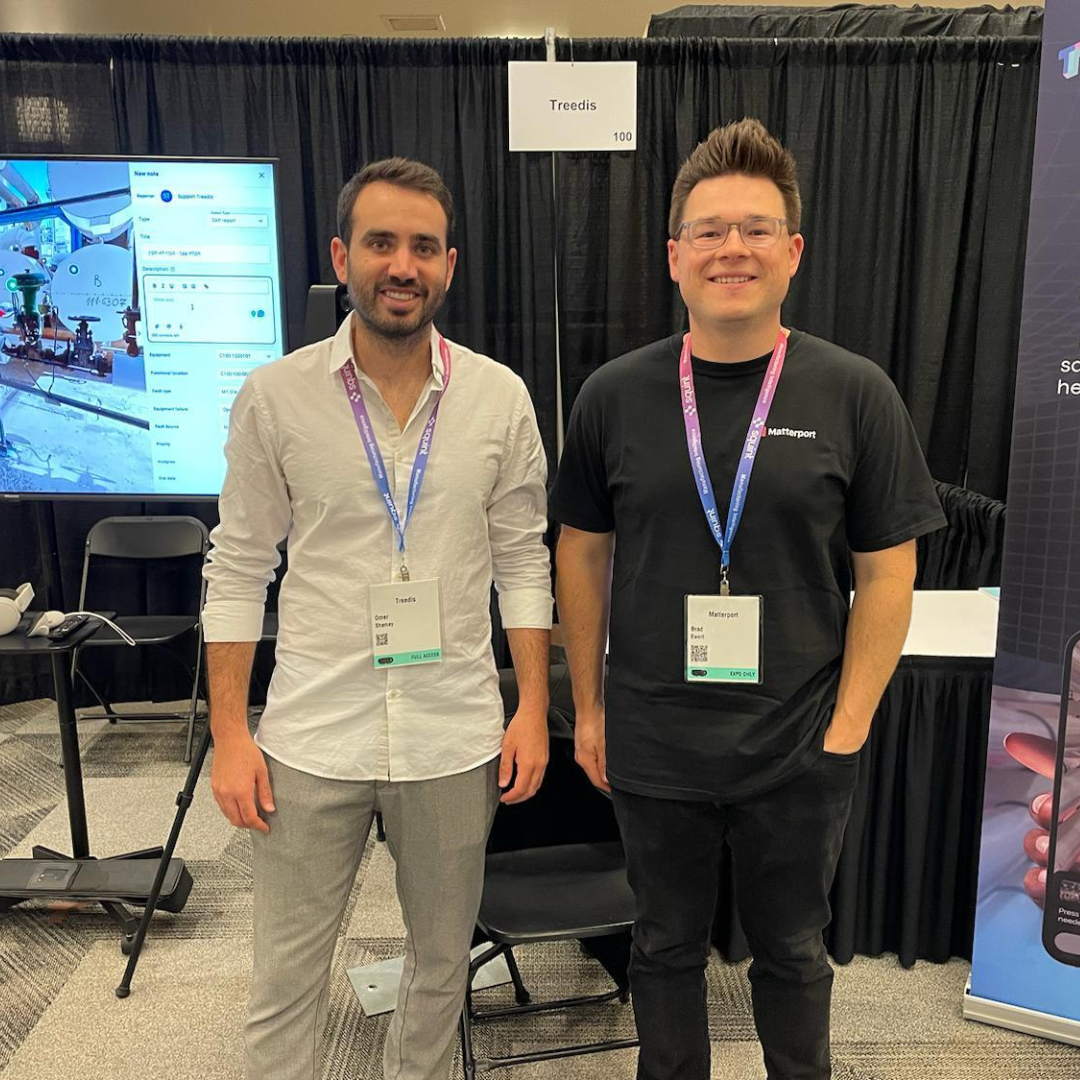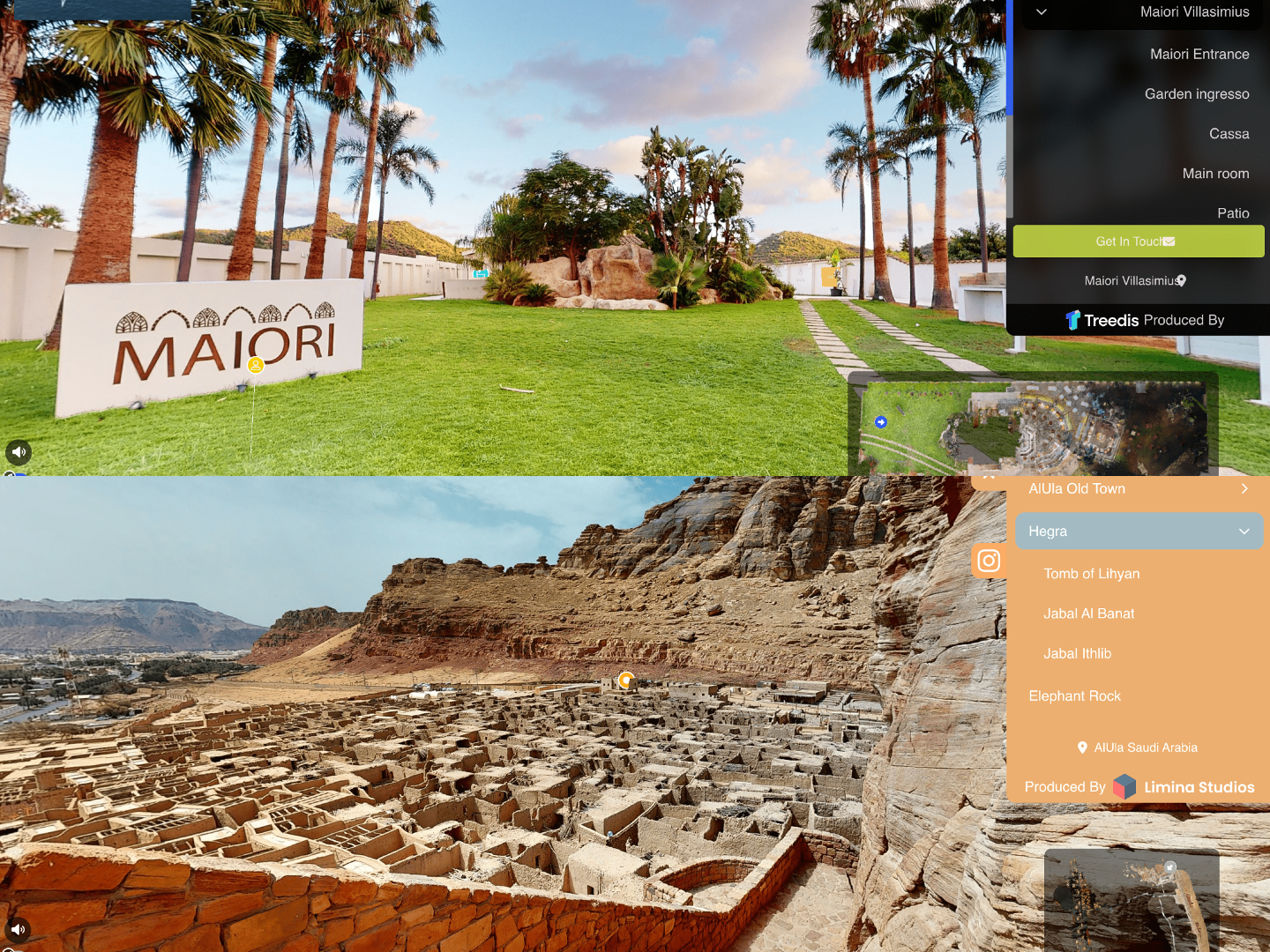May 30, 2025
בלוג
Unlocking the Potential of Indoor Positioning and Navigation



Indoor positioning is a sophisticated system designed for the precise detection of objects within buildings, addressing the limitations of satellite navigation that often proves ineffective in indoor environments. This cutting-edge technology empowers users to navigate complex indoor spaces seamlessly, solving the challenges associated with finding one’s way indoors.
As such, the global indoor positioning and navigation market is on a robust growth trajectory, with a value of $6.92 billion in 2020 and projected to reach $23.6 billion by 2025, boasting an impressive compound annual growth rate (CAGR) of 27.9%.
This surge in demand stems from the versatile applications of indoor positioning and navigation, spanning various industries such as hospitality, healthcare, logistics, and retail.
In this blog post, we’ll discuss the importance of indoor navigation, both on and offsite, and explore the value it offers to various business operations.

Why is Indoor Positioning and Navigation Essential in Today’s Environments?
Indoor positioning and navigation technologies are revolutionizing the way people navigate complex indoor environments, from sprawling shopping malls to towering office complexes and bustling airports. This transformation leads to enhanced user experiences, increased customer satisfaction, and a noticeable boost in foot traffic and sales for businesses.
During times of crisis or emergencies, indoor positioning and navigation systems prove indispensable, providing critical guidance along safe evacuation routes, potentially saving lives and ensuring a swift response to unforeseen circumstances.
The advantages extend beyond mere convenience. Indoor mapping also offers a valuable source of data that can optimize operations and space utilization. This newfound intelligence empowers businesses to make informed decisions, streamline processes, and create more efficient environments.
How Can We Build Confidence in Navigation for All Users?
Indoor mapping not only enhances convenience but also instils confidence in individuals navigating unfamiliar spaces.
This is particularly beneficial for people with sensory issues and first-time visitors to large resorts or facilities. Providing a lay of the land beforehand can influence their decision to visit, especially for those with accessibility needs who require a safe and accessible route to their destination.
What Strategies Reduce Downtime with Effective Indoor Navigation?
Reducing downtime is crucial in industries with daily employee mobility, such as hospitals and large factories.
A study pre-Covid revealed that 40% of employees wasted up to 30 minutes daily searching for meeting spaces. With the rise of hybrid work models post-Covid, this challenge has intensified, as evolving workplace layouts are less familiar. Constantly seeking directions can be costly, with interruptions taking up to 25 minutes to refocus.
Indoor navigation’s significance also extends to customers, especially in hospitals. Over 85% of patients request directions when visiting healthcare facilities, and around 30% of first-time visitors tend to get lost. This disorientation can lead to stress and adverse effects on patient well-being.
The cost of disorientation is substantial, with studies estimating annual labor costs of around $220,000 for healthcare organizations assisting lost patients. It also results in missed appointments and financial losses.
With the introduction of indoor navigation, some medical practices observed a significant 25% decrease in patient wait times, which contributed to heightened patient satisfaction and improved adherence to appointment schedules, making it a valuable enhancement for healthcare facilities.
Implementing indoor navigation not only saves money but ensures uninterrupted patient care. It aids staff in optimizing routes for efficient task prioritization, especially during high-pressure emergencies in unfamiliar areas.

How Are Digital Twins Used to Enhance Indoor Navigation?
Digital twin technology offers a powerful solution for indoor navigation. However, achieving a comprehensive digital twin-based mapping system often necessitates multiple applications and processes, coding expertise, and the relevant hardware.
What Makes Treedis Stand Out in Indoor Navigation Solutions?
Treedis streamlines the utilization of digital twins for indoor navigation, offering a hassle-free, no-code platform that leverages state-of-the-art 3D and XR technologies.
Our platform transforms physical spaces into immersive experiences in three dimensions: Augmented Reality (AR), Virtual Reality (VR), and Desktop environments.
With Treedis, you can effortlessly create indoor navigation solutions in a single streamlined process, applicable both on-site and off-site.
Offsite, Treedis offers a navigation path that can be overlaid onto the digital twin and accessed via a web link; allowing users to follow a digital twin-based path to reach their destination and gain a comprehensive guided overview of the site pre-visit which would otherwise not be possible.
This same navigation path is visible onsite. Users can download the Treedis AR Indoor Navigation App on their phones and access realtime directions right from their pockets. They can also integrate the digital twin with navigation into strategically placed kiosks within their buildings, particularly at entrances. Visitors can effortlessly access these kiosks to obtain a preview of their intended route.

מסקנה
The indoor positioning and navigation market's rapid growth is indicative of its transformative impact across multiple industries.
From enhancing user experiences to optimizing operations and ensuring safety, indoor mapping is becoming an indispensable tool in today's dynamic world.
Treedis recognizes this impact and the diverse applications of indoor navigation across industries.
With platforms like Treedis offering innovative solutions, the future of indoor navigation looks promising, improving efficiency and user satisfaction in equal measure.
מאמרים נוספים
מאמרים נוספים



May 30, 2025
Future-Proofing Operations with Flows
Want your team to train better? We have your solution. This blog breaks down our standout feature, Flows, showing it's potential for your organisation.
.png)

Jan 14, 2025
How Immersive Technologies Are Revolutionizing Workforce Training and Closing the Skills Gap
Immersive technologies like AR, VR, and digital twins are revolutionizing workforce training by addressing the growing skills gap with engaging, hands-on learning experiences. These solutions enhance retention, boost productivity, and reduce costs, making them essential for dynamic, scalable training in a rapidly evolving job market.


Nov 27, 2024
What's Next For Training? Takeaways From The Augmented Enterprise Summit
In October, we joined the Augmented Enterprise Summit (AES) with Matterport, connecting with industry leaders and Fortune 500 companies while sharing key XR insights.


Jun 28, 2024
Digital Twin Awards: Success Stories
The Digital Twin Awards honor virtual tour innovation. This year, Treedis users Farhad Berahman from Limina Studios and Francesco Loddo from SardiniaVirtualTours3D won in historical and hospitality categories. Farhad's tour of AlUla captivated 2 million viewers, while Francesco's tour of Maiori Villasimius boosted bookings by 25%. Their achievements showcase the transformative power of Treedis technology.
%20(1).jpg)

Jun 5, 2024
Key Insights from Hannover Messe: The Future of Manufacturing in Industry 4.0
At the 2024 Hannover Messe, Treedis showcased its Connected Workers solution with AWS, Vodafone Business, and Matterport, integrating digital twins and live sensor data to enhance manufacturing efficiency. This collaboration highlighted the importance of strategic partnerships in advancing Industry 4.0. Treedis remains committed to providing scalable, innovative solutions for the evolving manufacturing landscape.


.jpg)
.png)











